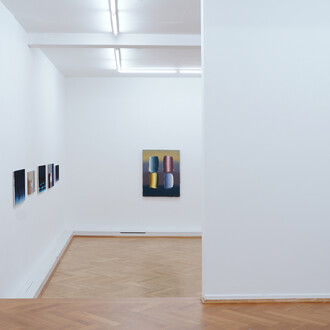The MKG’s Art Nouveau collection is one of the most important in the world. It’s origins date back to the turn of the 20th century, when specific and farsighted acquisitions were made. Around 1900, Art Nouveau was one of the most influential international art movements.
Driven by an unconditional desire for innovation, artists strove to overcome the traditionalistic Historicism, rather they sought inspiration from nature for an unprecedented, unencumbered design vocabulary. Architecture, furniture, everyday objects and paintings were executed using decorative, curved lines with floral elements. The goal of the movement was to comprehensively beautify all aspects of life, and therefore, abolish the traditional division of life and art: Art Nouveau embodied the former utopian dream of a total revival of society through the beauty of the fine arts.
With the successful marketing of Art Nouveau, the movement was able to penetrate and influence society on a broader scale than any other previous art movement. With a focus on the emerging style of the time, the MKG, one of the first arts and craft museums in Germany, began to collect contemporary objects. Through the acquisition of numerous exhibits from the International Exposition held in Paris in 1900, a number of historically furnished and decorated rooms are on display at the MKG today, such as the Parisian room and the famous room with a bay window.
















